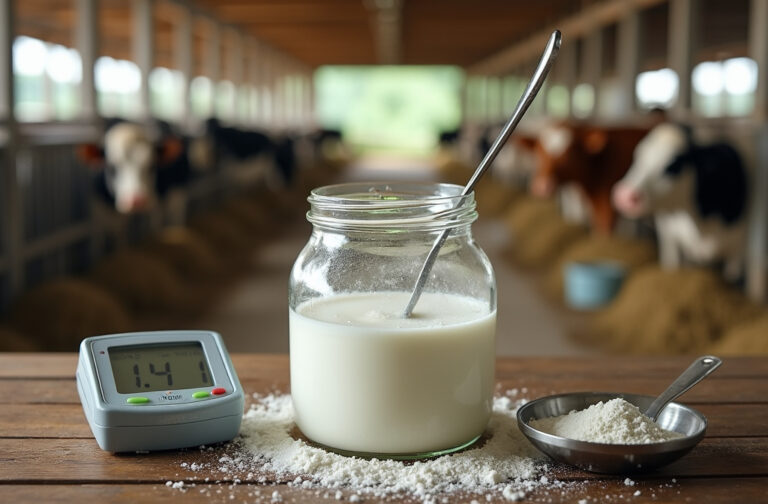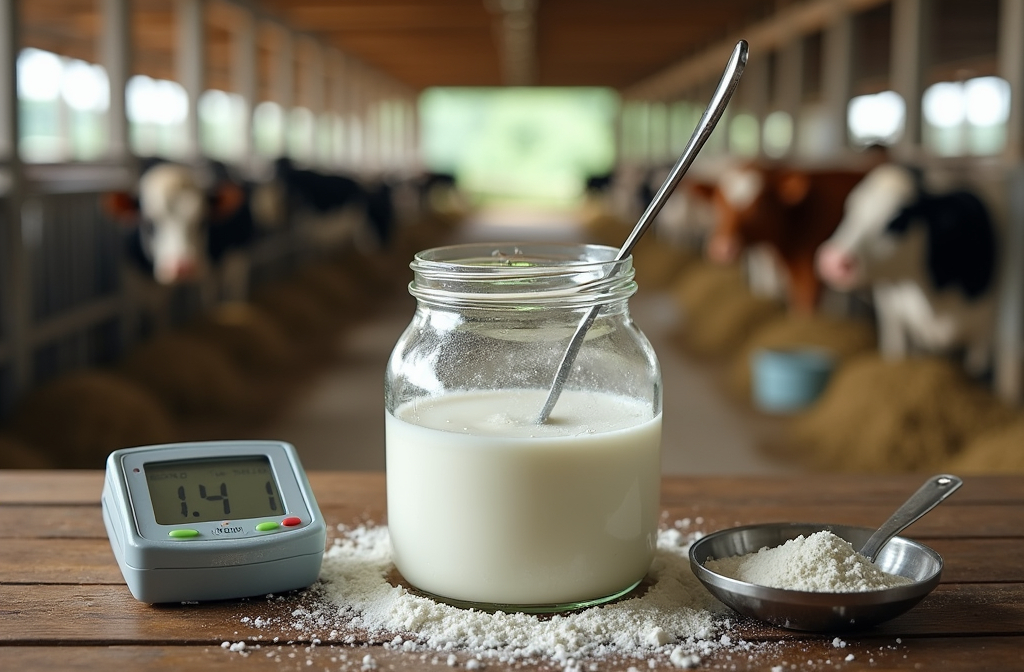The world is shifting toward cleaner, greener energy, and hydrogen is taking center stage as a key player. But storing and transporting hydrogen has always been tricky—until now. Enter Lignin Jet Fuel-based Liquid Organic Hydrogen Carrier (LJF-HyC)—an exciting innovation that makes hydrogen easier and safer to handle, bringing us closer to a sustainable future.
What Is LJF-HyC?
Imagine turning plants into clean energy. That’s essentially what LJF-HyC does! It starts with Lignin Jet Fuel (LJF), which comes from natural plant materials. Researchers have figured out a way to transform LJF into a liquid carrier that can safely hold hydrogen. This carrier can release hydrogen whenever it’s needed, making it a fantastic solution for clean energy storage and transportation.
Why This Matters
Hydrogen is a clean fuel that can power cars, planes, and industries without polluting the environment. But because it’s so light and explosive, moving and storing hydrogen has always been a challenge. That’s where LJF-HyC shines. Here’s how it makes a difference:
- Eco-Friendly: It’s made from renewable materials like plants, making it a green energy solution.
- Safe and Practical: Storing hydrogen as part of a liquid is much safer than other methods.
- Works with Current Systems: It fits right into existing fuel infrastructure, meaning no major changes are needed.
- Affordable: The process to make it is cost-effective, with production costs estimated at around $2.87 per gallon.
How It Works (In Simple Terms)
The magic of LJF-HyC lies in its ability to store hydrogen in a liquid form. Scientists use a special method to “lock” hydrogen into the liquid fuel and then “unlock” it when needed. This is made possible by tiny particles of platinum (a precious metal) working as a catalyst to make the process super-efficient.
Here’s the simplified version of what happens:
- Hydrogen gets safely stored in the liquid carrier.
- When it’s time to use the hydrogen, a process releases it for clean energy.
- The liquid carrier can then be reused for future hydrogen storage.
Why This Could Change the Game
This technology has the potential to revolutionize clean energy in several ways:
- Clean Cars and Buses: Hydrogen-powered vehicles could run more efficiently and safely.
- Greener Airplanes: This could be used in sustainable jet fuels to make air travel cleaner.
- Industrial Innovation: Factories and industries could adopt hydrogen energy without worrying about storage challenges.
With LJF-HyC, we’re not just storing hydrogen—we’re making it practical for everyday use.
The Road Ahead
The team behind LJF-HyC is working to refine the process and figure out how to produce it on a larger scale. If successful, this could be a major step forward for clean energy, helping us move away from fossil fuels and toward a greener planet.
Key Takeaways
Hydrogen energy is the future, but until now, storing and transporting it has been a challenge. LJF-HyC offers a smart, sustainable, and safe solution. By turning plant-based jet fuel into a reusable hydrogen carrier, this breakthrough could help power our cars, planes, and industries in a cleaner, greener way.
Article derived from: Andrew S. Lipton, Terak Ibrahim, William Schwartz, Rafal Gieleciak, Dequan Xiao, Bin Yang,
In-situ dehydrogenation of lignin-based jet fuel: A novel and sustainable liquid organic hydrogen carrier,
International Journal of Hydrogen Energy, Volume 98, 2025, Pages 1275-1282, ISSN 0360-3199, https://doi.org/10.1016/j.ijhydene.2024.12.082.
Check out the cool NewsWade YouTube video about this article!
















